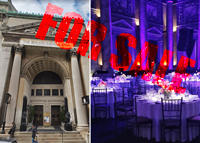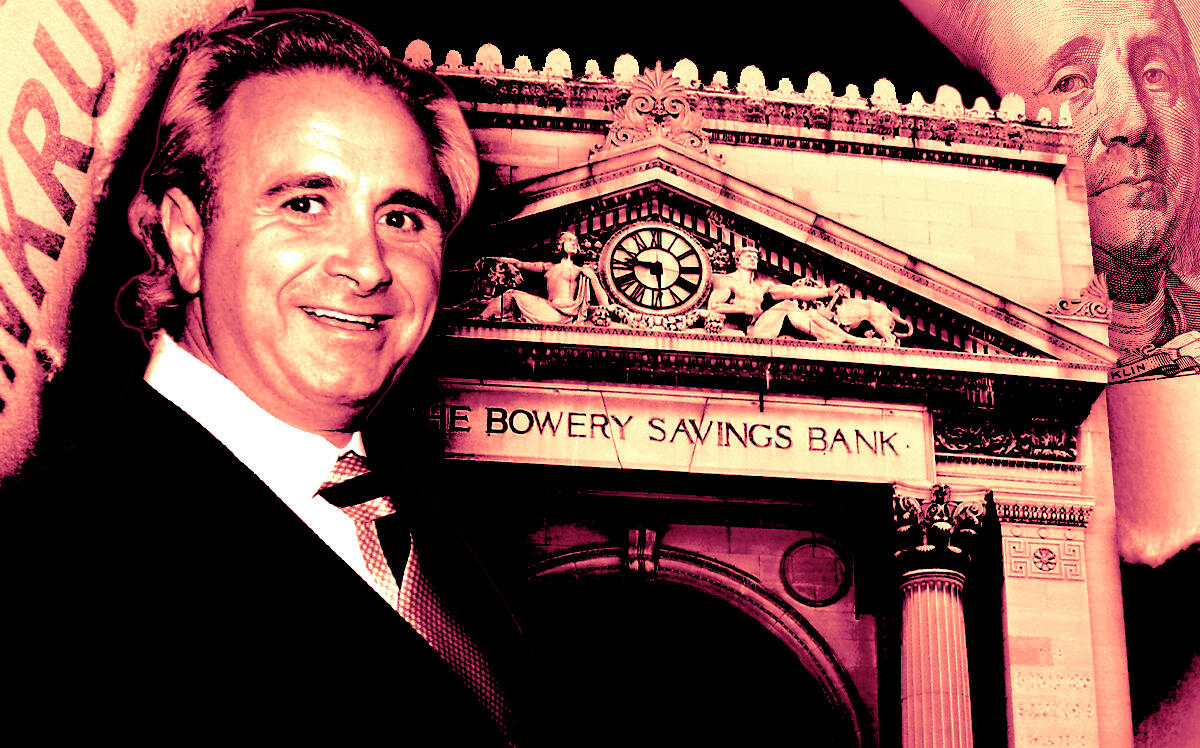 Event space at former Bowery Savings Bank hits auction block
Event space at former Bowery Savings Bank hits auction block
Trending
Former Bowery Savings Bank owners buy time with bankruptcy
Filing to avoid forced sale of LES event space

The lights are coming on at the former headquarters of the Bowery Savings Bank, where the event space could be calling it a night after the owners filed for bankruptcy.
Owners Michael and David Marvisi filed for Chapter 11 protection to avoid a forced sale of the Lower East Side property, according to documents filed late last month reported by the Commercial Observer. The move comes after the owners defaulted on a $12 million loan from Wells Fargo.
Michael said in court documents the bankruptcy became a necessity after events organizer Capitale NYC started missing rent payments during the pandemic; Capitale is the sole tenant of the 40,000-square-foot property, paying $118,000 per month on a lease due to run until 2032. It’s not clear how far behind Capitale is on rent.
When the owners defaulted in August 2020, the interest rate on the loan surged to 9.8 percent, causing their debt to spiral.
The Marvisis have been trying to sell the building since January, initially listing the property for $35 million. A month later, however, Wells Fargo sued the owners, alleging they missed two years of loan payments. The bank wanted to force a sale via auction.
Read more
 Event space at former Bowery Savings Bank hits auction block
Event space at former Bowery Savings Bank hits auction block
 Worth the price of admission: Private clubs offer brokers ritzy possibilities
Worth the price of admission: Private clubs offer brokers ritzy possibilities
 Want to join Safra's private club at GM Building? It'll cost you $125K
Want to join Safra's private club at GM Building? It'll cost you $125K
The bankruptcy filing helps the owners dodge that issue temporarily, but Michael — who personally guaranteed the loan — will still be on the hook for the difference of the loan if the Marvisis manage to sell the building.
Alternatively, the owners could also take their chances in the refinancing market, a bankruptcy expert told the outlet, but the current high-rate environment poses a challenge.
The Marvisis acquired the Stanford White-designed property in 2017. The acquisition valued the building at $33 million.
In 2019, the property hit the market for the first time in nearly two decades, set to be sold through an auction. The owners were hoping to get roughly $50 million in a sale; it’s not clear why the auction was scuttled.
Since 1980, the building has been listed on the National Register of Historic Places.
— Holden Walter-Warner




